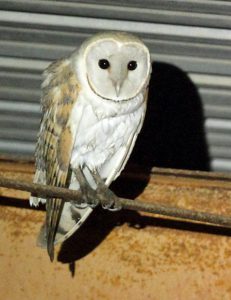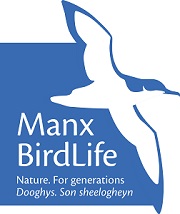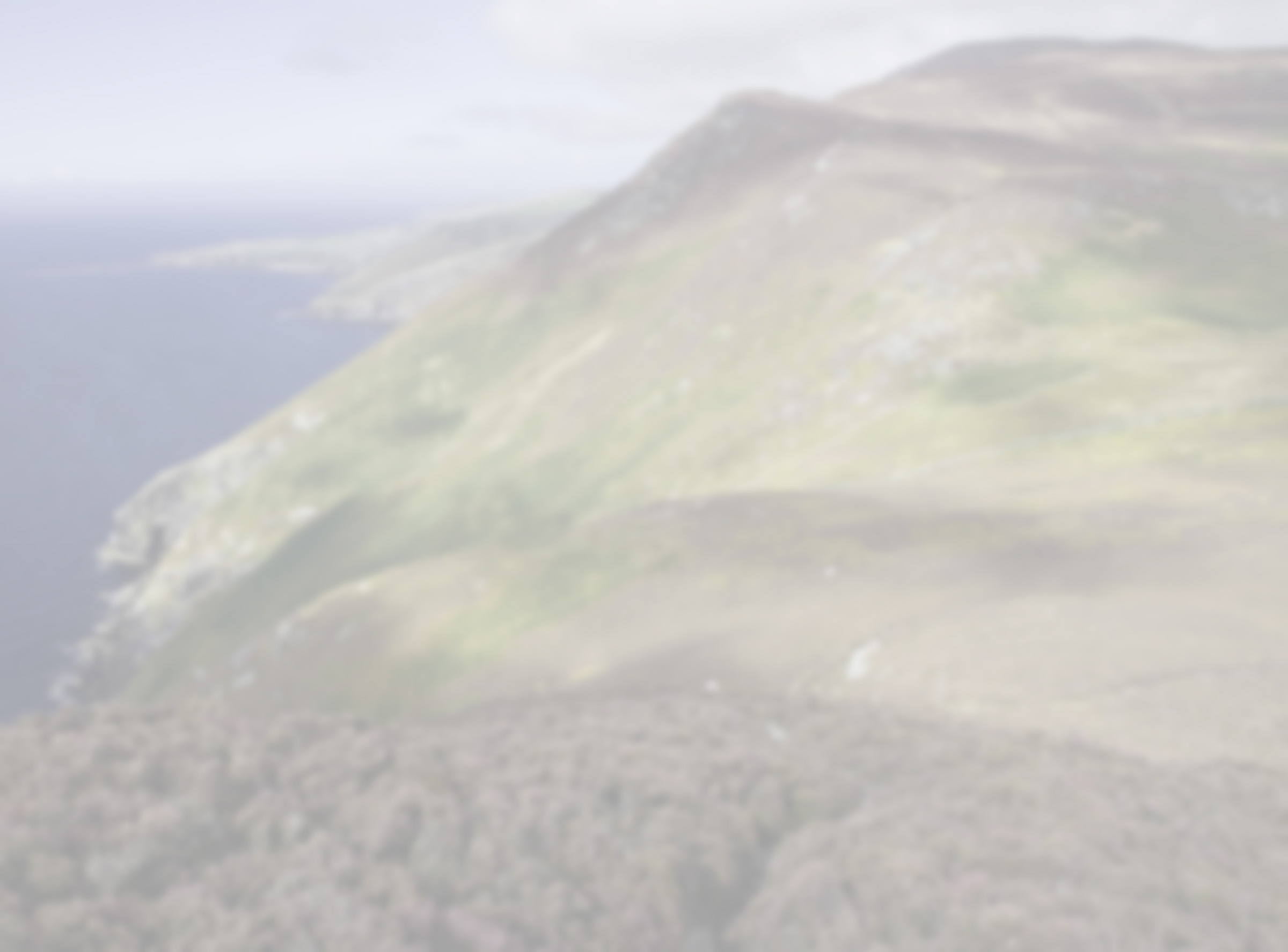Manx Barn Owl Project

Manx BirdLife and the newly formed Isle of Man Barn Owl Project team are looking to assess and improve the fortunes of the island's Barn Owl Tyto alba population. We're asking you, in confidence, to help by sharing with us what you know about Barn Owls on the Isle of Man.
In Manx, the name for Barn Owl is Caillagh oie meaning 'Night hag'. This is an unjust description of the species' captivating looks, so perhaps the colloquialism relates to the purring shrieks and spooky squeals of the adults or the wheezy snoring of the nestlings. An encounter with Barn Owls hunting at dusk is a wonderful, almost ghostly, experience.
As a predatory species, the Barn Owl is an important environmental indicator - revealing the health of mammal populations (such as long-tails, mice and shrews) and the wider ecosystem. Barn Owls share their habitat with other wildlife such as butterflies, farmland birds and bats. Managing habitat for Barn Owls benefits all these. Their story provides an inspiring educational tool by which to explore the issues that birds face in the modern landscape.
Why is the Manx Barn Owl Project important?
Barn Owls are distributed across the British Isles but their populations have suffered declines. It is thought they were adversely affected by organochlorine pesticides such as DDT in the 1950s and '60s. In recent decades there have been further pressures, such as high incidences of road casualties and changing land use. Also, old farm buildings are being replaced with modern buildings that cannot accommodate nesting owls and more efficient practices are eliminating important prey such as small mammals.
In the Isle of Man, the Barn Owl is now a rare bird indeed with a breeding population thought to number just three to five pairs.
The Manx Barn Owl Project aims to improve the species' fortunes on the island by better understanding the population, its needs and increasing the number of nesting opportunities. Our goals are to:
- Maintain an informed estimate of the island's Barn Owl population
- Erect nestboxes to ensure availability of good nesting sites for Barn Owls
- Monitor the productivity and success of a sample of Barn Owl nesting sites
- Research the factors that impact breeding Barn Owl success and population survival on the island
- Encourage decision-makers and land owners to adopt Barn Owl-friendly practices
- Encourage public interest and provide education opportunities about Barn Owls
- Support those working on Barn Owl science across the world
We are also assisting the Department of Ecology and Evolution at University of Lausanne in Switzerland with its pan-European studies on the genetics and morphology of island populations of Barn Owls.
How can you help?
1. Help us find potential sites for nest boxes
Using the form below, we would like to hear from you if, in the last two years, you have had Barn Owls in or around your buildings during the breeding season (March-August). We hope to install up to a dozen nest boxes - kindly made available by funding from Michael Turner & Co and constructed by Bill Denard - in suitable locations. For suitable sites, a nest box will be installed free of charge (although a donation towards our costs and future help for Barn Owls would of course be very welcome).
Fortunately, Barn Owls take readily to nest boxes. These provide secure breeding and year-round roosting sites. If successful, the boxes can provide vital information on the health and productivity of the birds; whilst ringing can help us better understand local movements of individuals. All interaction with the birds will be strictly by licensed persons under the Wildlife Act 1990*.
2. Send us your Barn Owl sightings
Nocturnal birds like the Barn Owl are difficult to monitor. The Isle of Man population has not been fully assessed since the Manx Bird Atlas (Sharpe et al. 2006) and sightings are sporadic. Hence the current situation is poorly known and we need every record available in order to make a sensible assessment. Please use the form below to tell us of your recent sightings.
3. Speak out for Barn Owls
Barn Owls continue to face many challenges in the modern landscape including climate change, disturbance, habitat loss, habitat degradation and secondary poisoning from rodenticides. They predominantly forage in 'rough grassland' which is infrequently grazed or mown and in which the 'litter layer' of dead stems and leaves attracts small prey mammals. Field margins, buffer zones along ditches and streams and conservation headlands can all provide good foraging habitat.
We can encourage and advise landowners on provision of Barn Owl-friendly habitat. Using historic and on-going data, we can advise on the best locations for linking valuable habitat. Use the form below to let us know of any opportunities to offer advice about Barn Owls.
*Important reminder!
Barn Owls are afforded special protection from disturbance in the breeding season under Schedule 1 of the Wildlife Act 1990 (as amended). Please do not disturb birds or divulge their presence publicly as this might attract unwarranted attention resulting in disturbance and abandonment of sites and young.
Please use the form below to tell us about Barn Owls in the Isle of Man
The information you provide will be sent to Manx BirdLife and in confidence to Adam Denard, director of the Manx Barn Owl Project.
IMPORTANT: Please see our Privacy Policy (or write/phone to request a copy) explaining how we use the bird records and personal information you provide. If you are not happy with our policy, please do not use this form.


